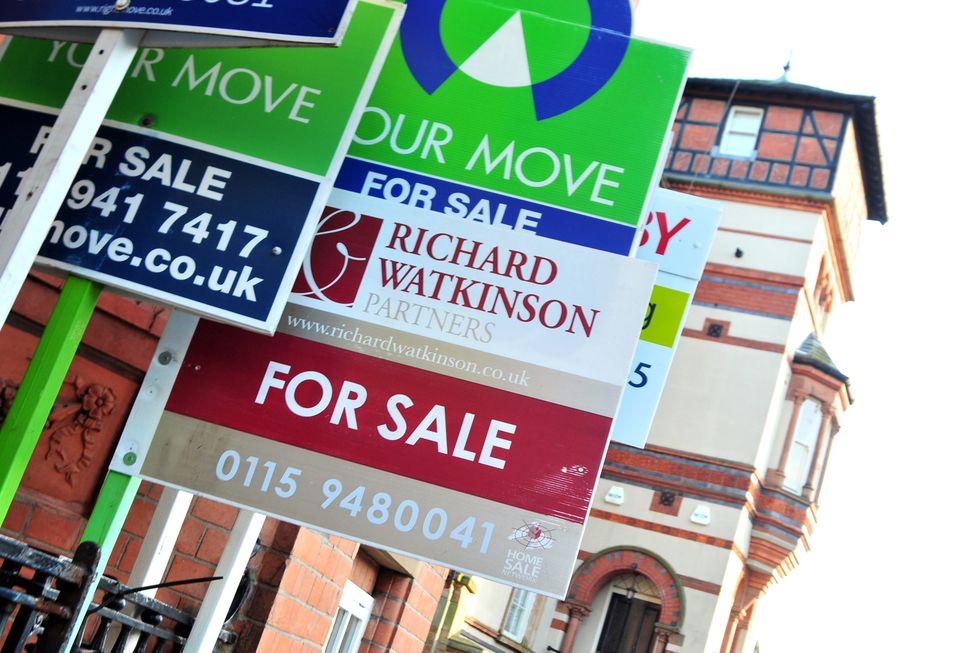Homeowners over 50 could be sitting on an unexpected windfall of £43,000 in their properties, according to new research.
Many older homeowners are “vastly” underestimating the value of their homes, potentially missing out on significant financial opportunities, new research has shown.
While homeowners estimate their properties to be worth £334,106 on average, the actual value could be closer to £377,166, SunLife’s latest Life Well Spent report found.
This substantial difference of £43,060 suggests many older homeowners may have more equity – and financial options – than they realise.
 UK house prices rise 1.3 per cent in NovemberPA
UK house prices rise 1.3 per cent in NovemberPAThe figures stem from homeowners who have lived in their properties for an average of 22 years, having originally purchased them for £148,948. Years later, they estimate their properties have increased by 124 per cent in value over that period to £334,106.
However, according to the Land Registry House Price Index, if these homes had grown in line with national averages since 2002, they would now be worth £377,166 – representing a 153 per cent rise.
For the quarter of over-50s who have lived in their homes for more than 30 years, the gap between estimated and actual value could be even larger.
Mark Screeton, CEO at SunLife, said: “It’s no secret that house prices in the UK have risen a lot in the last few decades. But despite this, it seems many of us are still underestimating how much our home is worth.”
He noted that discovering a property’s true value could unlock new financial possibilities.
Around one in four people over 50 worry they may need to move home in the future, despite not wanting to, the research highlighted.
Screeton said: “For some of them, equity release could be a way to stay in their own home while accessing the funds they need.”
The research found that homeowners who opted for equity release accessed an average of £62,848 in tax-free cash.
This money was predominantly used for home improvements, with 57 per cent of recipients choosing this option.
Other common uses included debt repayment (33 per cent), holidays (30 per cent), supplementing income (17 per cent), and providing financial support to family members (13 per cent).
The most popular form of equity release is a lifetime mortgage, which requires no repayments until the homeowner passes away or moves into long-term care.
However, Screeton cautioned: “Equity release won’t suit everyone. You need to speak to a financial advisor to learn more about the options that are right for you and your circumstances.”
The first step for homeowners to uncover these opportunities is to obtain a professional valuation of their property. Those who discover their home’s true value may find they have more options than previously thought.
For some, downsizing or relocating to a less expensive area could free up cash to enhance their retirement lifestyle. Others might consider equity release options while remaining in their current home.
However, it’s important to note that with lifetime mortgages, compound interest can grow quickly if no repayments are made.
A “no negative equity guarantee” ensures the debt will never exceed the property’s value, providing important protection for homeowners.